1100+ Clients | 300+ Positive Reviews | 98.7% Client Retention Rate
The next generation of customer experience at $1999/month/person
We help top companies with expanding their team. Build your specialized team in customer support, back office support, automation and AI.
A Small Sampling Of Our Awards
Our Acheivements so far







We Are Excited To Serve You
Welcome to Triniter Family
We are excited to welcome you to our Trinitar’s family.
This is John, I came to Jesus and accepted Him as my personal savior when I was 27 years in the USA. I am an engineering graduate, product of the University of Houston, Texas.
Since my parents are from India, I had an opportunity to experience both Indian and American cultures. I could spot a huge difference between third world countries and the USA when it comes to talents.
we speak 30+ languages and we offer multichannel solutions for your customer special needs
what can we do for you?

customer support teams
With expert call, rapid solution, creating additional value from every call, and multichannel customer engagement, we will ensure your customers get the personalized customer care and tech support.

back office support teams
Get ready to take your efficiency to the next level and say no to missed deadlines, mediocre output through our backoffice functions such as bookkeeping, accounting, data entry, admin tasks and much more.

automation and AI
Save operational costs, reduce headcounts and boost engagement by using AI enabled automation such as chat bots, speech analytics, voice metrics, robotics automation and much more.
We work in six simple steps
How it works?
step 1. onboarding
The first and foremost step that we do is assigning you an onboarding manager. The task of the onboarding manager is to help you in building your customized team with incredible attention to detail including all the processes such as recruiting, training, and launching.
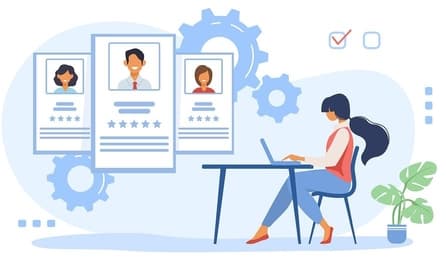
step 2. Internal headhunting
After onboarding, the second thing we do is sourcing. Once the onboarding manager understands in detail what you require, our hiring team starts sourcing and interviewing candidates to create the ultimate team for your business needs.
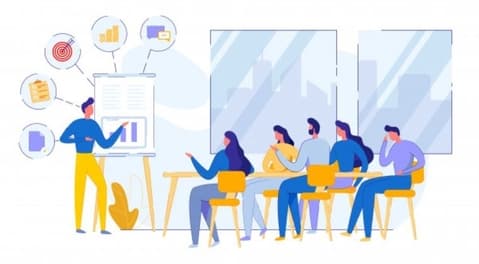
step 3. training
Once sourcing has been done and dusted, our training team will take you further to help you train for the extended team members that we have chosen for you. Then we will get the training documentation and certification-ready.
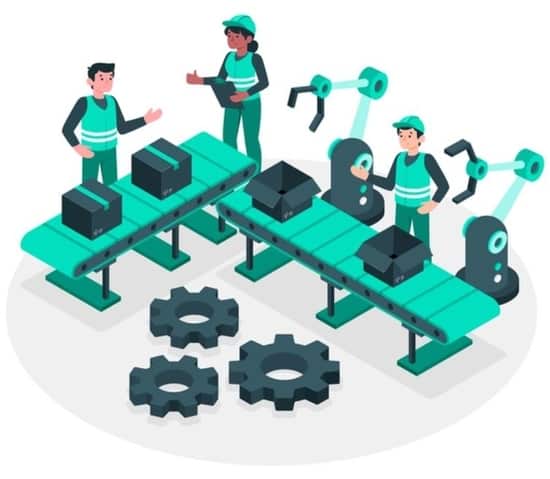
step 4. Production
Once the training setup is completed, we will hand over the chosen team members to you. They will be fully committed to you and your needs. Not only the members, but we will also assign a manager to the team to ensure they are supervised to perform their tasks correctly. Then the measurement of KPIs and goals start.
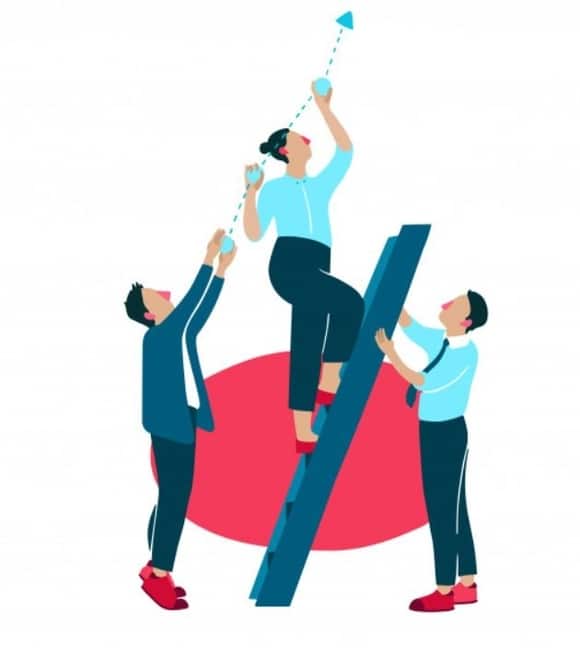
step 5. continuous improvement
After production, we assign a customer success manager to you to ensure that your work keeps improving and flourishing. The manager will also help you in managing your work and team.

step 6. growth
Finally, once you start seeing improvements and see your business growing, the next thing to do is take it a notch up. Start increasing your team size and get your production levels high!
Here are just eight of many reasons why people choose us
why triniter?
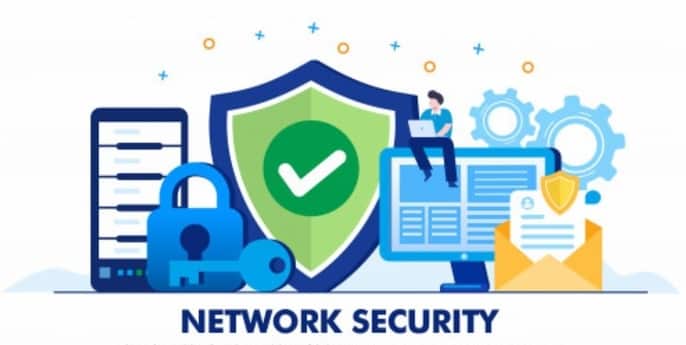
encrypted data security
Our advanced information protocals comply with various international security standards
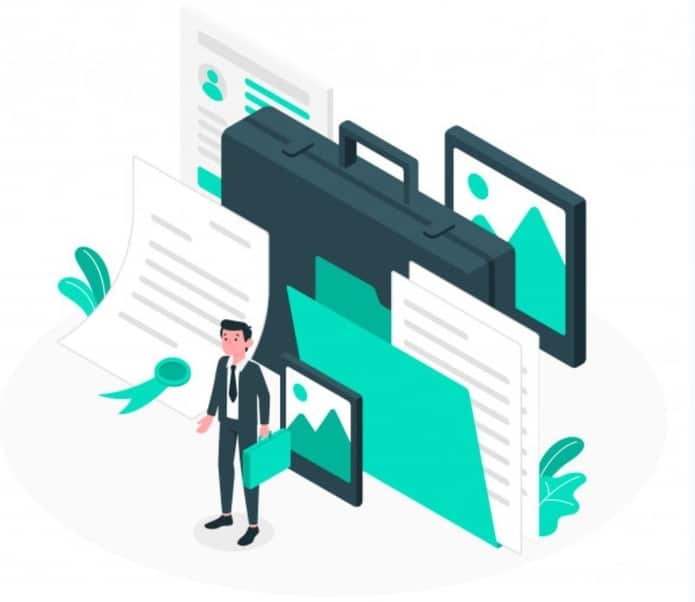
10+ years of experience
With 10+ years of success and experience in the BPO industry, Trinitar is a well known name in the industry
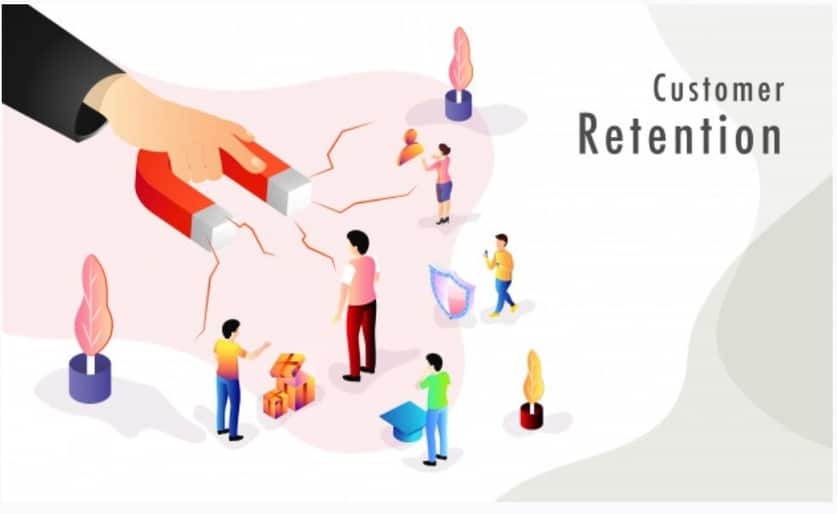
98.7% client retention rate
We not only have a client retention rate of 98.7% which is highest in the industry, we also have 97.9% clients' repetition rate.
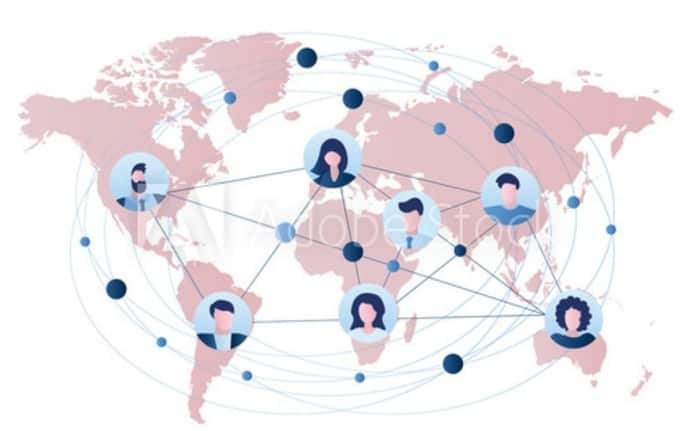
strategic locations around the globe
Create and expand your own team of software professionals without any additional operational overhead.
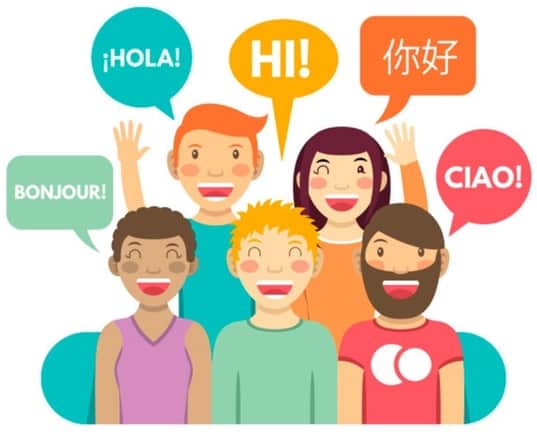
multilingual expertise
Our team of diverse background expertise in 30+ languages representing 25+ nationalities. and 35+ cultures.

scalable process
With our global strategic partnership, we can easily scale up to any level in a short time period with the help of our advanced protocals.

98.7% client repetition rate
We have a 97.9% clients' repetition rate. In other words. 97.9% of our clients keep choosing Trinitar for their business needs.
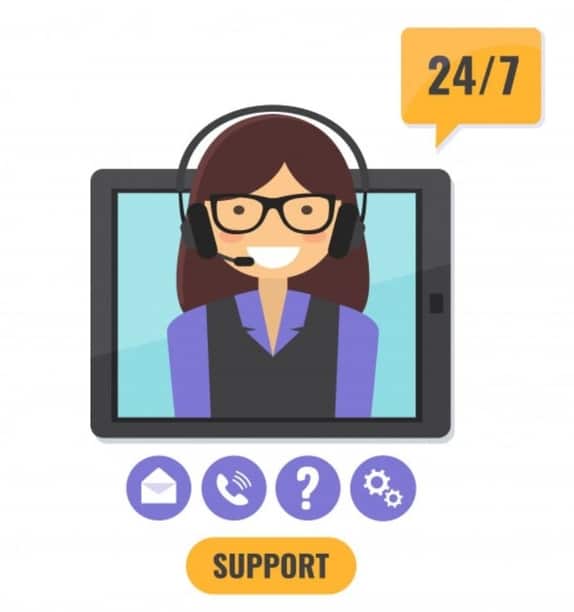
24/7 support
We are open 24/7 so is our support team. No matter what time you or your customers call us, we will pick up the call within 3 rings.
they believe in us
1100+ clients & Partners
sticking with us for over 5+ years. We are like a family.
We love them as much as they love us.














We Love Our Clients and They love us
See our 300+ reviews on an independent website










